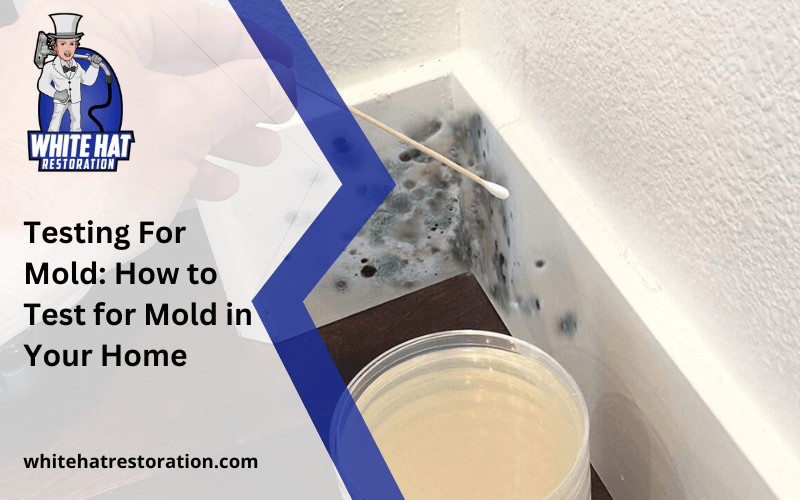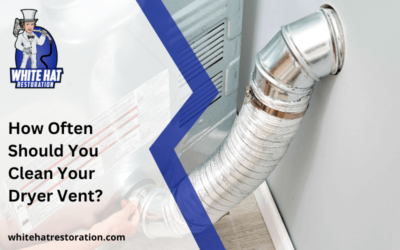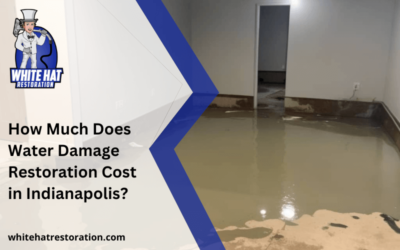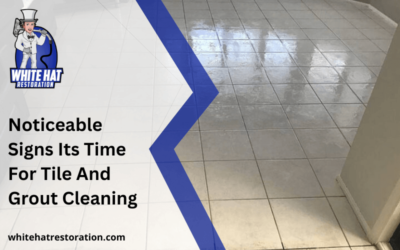Generally, you can tell mold apart from dirt or grime. But sometimes, it can be challenging to do so. If you have noticed the signs of mold growth around you knowing how to test for mold in your home becomes necessary.
As mold not only ruins the look of your home but also causes health issues if they are left undetected. The good part is you can detect the presence of mold & mildew with some simple tests at home.
Here, we will discuss some ways to test for mold in your home to help you make your home mold-free, & healthy as soon as possible.
How to Test for Mold in Your Home?
⇒ Use A Mold Detection Kit
A lengthy but accurate way of testing for mold in your home is through a mold test kit. You can test for mold using this method in areas where mold is most likely to grow. Like, as under the carpeting, behind the refrigerator, under the sink, and in ventilation ducts.
Here is how to test for mold in your home using a mold detection kit
- Close off the space, you’ll be performing the test 24 hrs before the test.
- Set up the kit by placing the glass or plastic petri dish treated with microbial culture to attract mold spores in the area you want to perform the test.
- Remove the lid of the petri dish and place it on a flat surface. Leave the petri dish undisturbed for about 48 hrs.
- Seal the petri dish using scotch tape or electric tape. Put today’s date on the affixed label and place the petri dish in a dark corner.
- Check the petri dish after two days for mold growth. If there is no sign of mold growth, return the dish to the dark place for another five days. If the mold is present, you can mail it back to the manufacturers to detect the type of mold, along with payment for the analysis.
⇒ Mold Or Dirt?
If the mold growth is small or in hidden areas, it may look like dirt and make the surface look unclean. To tell them apart, you can perform a simple test.
Make a solution of 1 part bleach & 16 parts water, and dip a clean cloth in this solution. Now, dab the cloth in the area of suspected mold growth. If the spots on the area lighten quickly or keep coming back, there is mold growth in your home.
⇒ Test With A Screwdriver
Another way of testing for mold in your home is to probe the area with a screwdriver or any other sharp tool available to you. If the areas like walls & furniture where the spots appear crumble when tested with a screwdriver, there is mold growth in that part of your home.
⇒ Test For Plumbing leaks
If mold is present near pipelines, the cause for mold growth may be a leak from these pipelines. To test the leak in the pipelines, let the water run and check the areas around the pipes for any damp spots.
As water can travel in every direction, there may be some distance between mold growth and the source of the leak.
⇒ Test For Exterior Leaks
The chances of mold growth increase when there are leaks in the roof and the walls of your home. So if you suspect mold growth in your home, you should look out for any exterior leaks.
If mold growth is around the doors, check the areas on the other side of the door for signs of leaks. Closely inspect the air vents near the wall and the downspout emptying next to the wall for leakage.
⇒ Hire Professionals
A professional mold remediation service can detect the presence of mold in your home using advanced equipment. Along with detecting the mold, professionals can quickly remove it from your home. So you don’t have to suffer the ill effects of mold growth.
Wrapping Up
If it is left undetected, mold growth can be harmful to your and your family’s health. It is why you should check your home for mold growth if you have the slightest suspicion that there is mold in your home.
After reading this blog, we are sure that you know how to test for mold in your home. But remember to wear a mask and gloves whenever you are dealing with potential mold growth to avoid infecting yourself.




